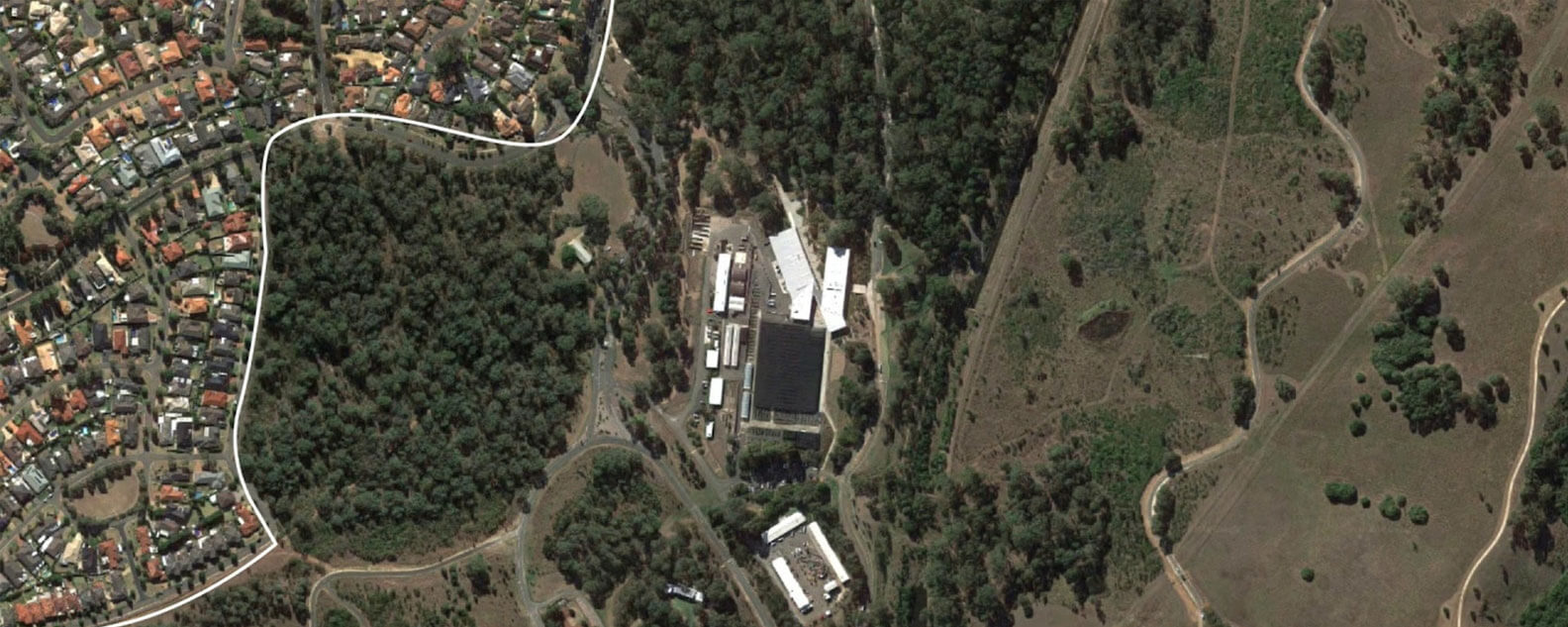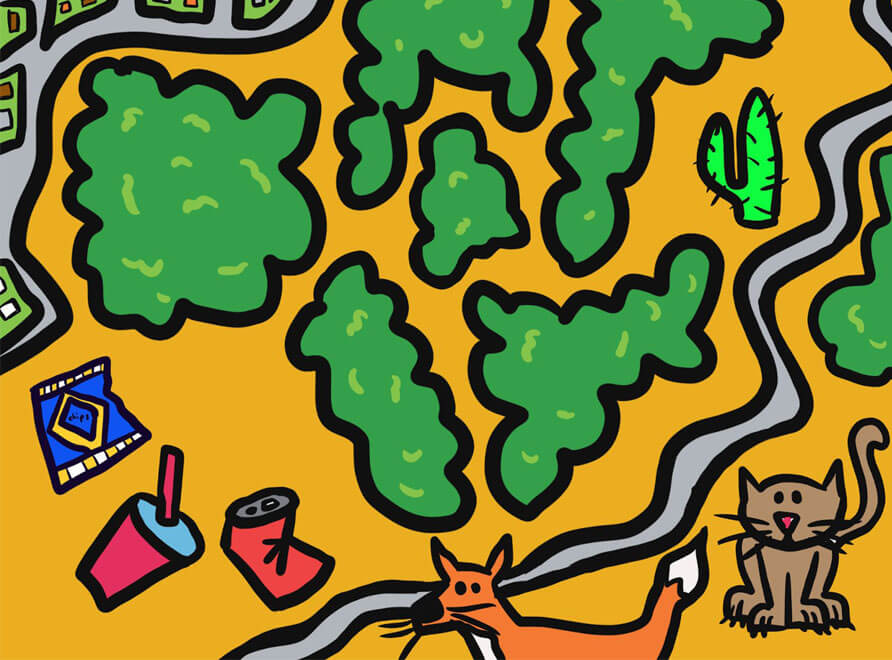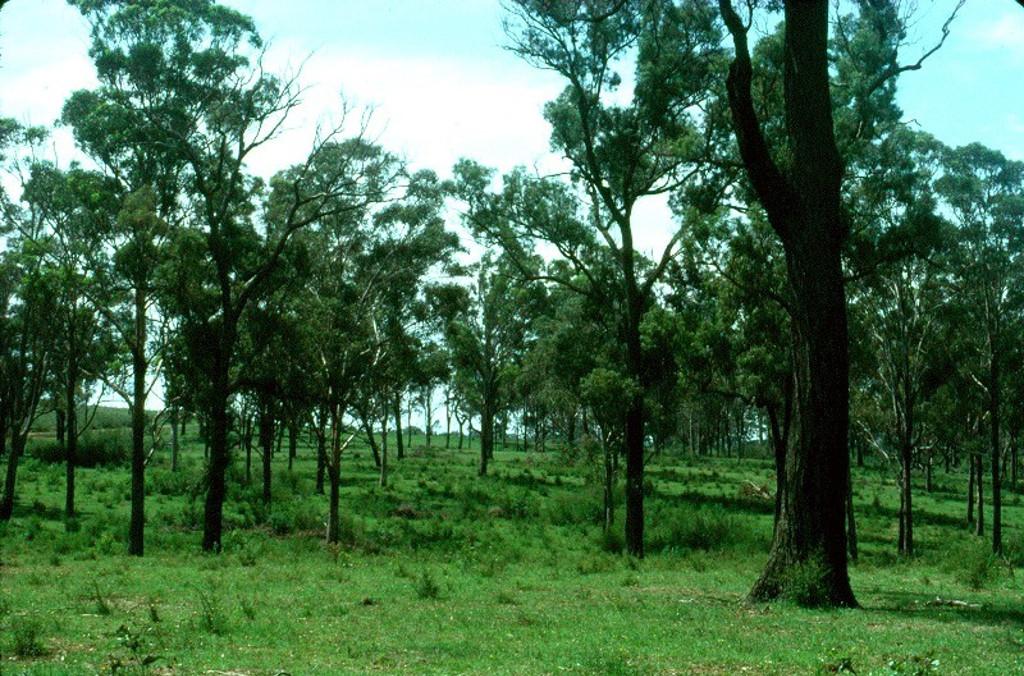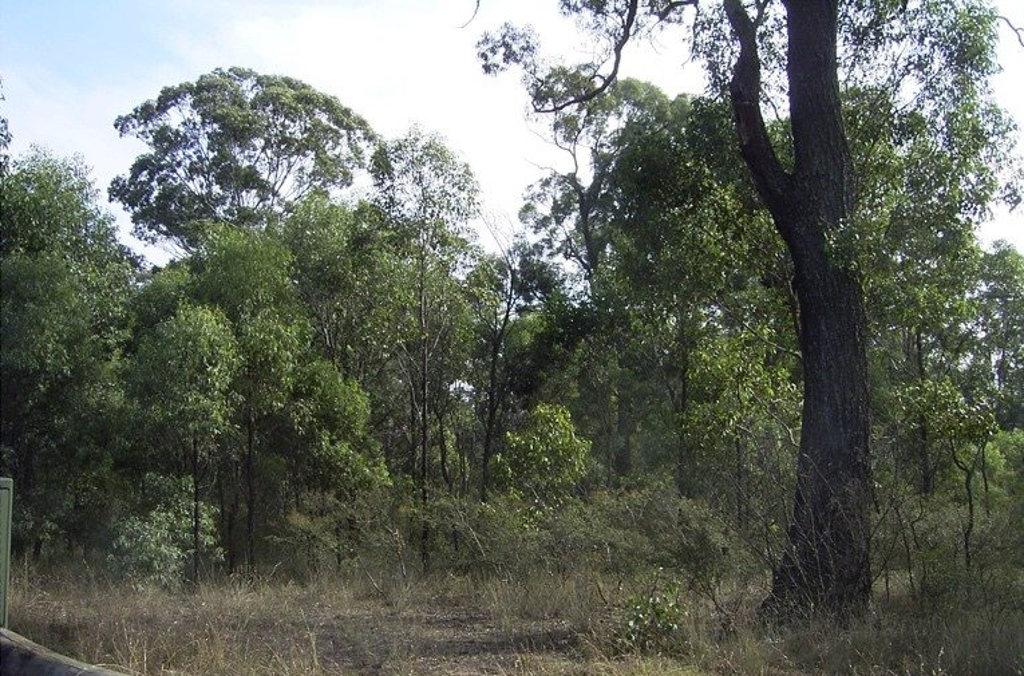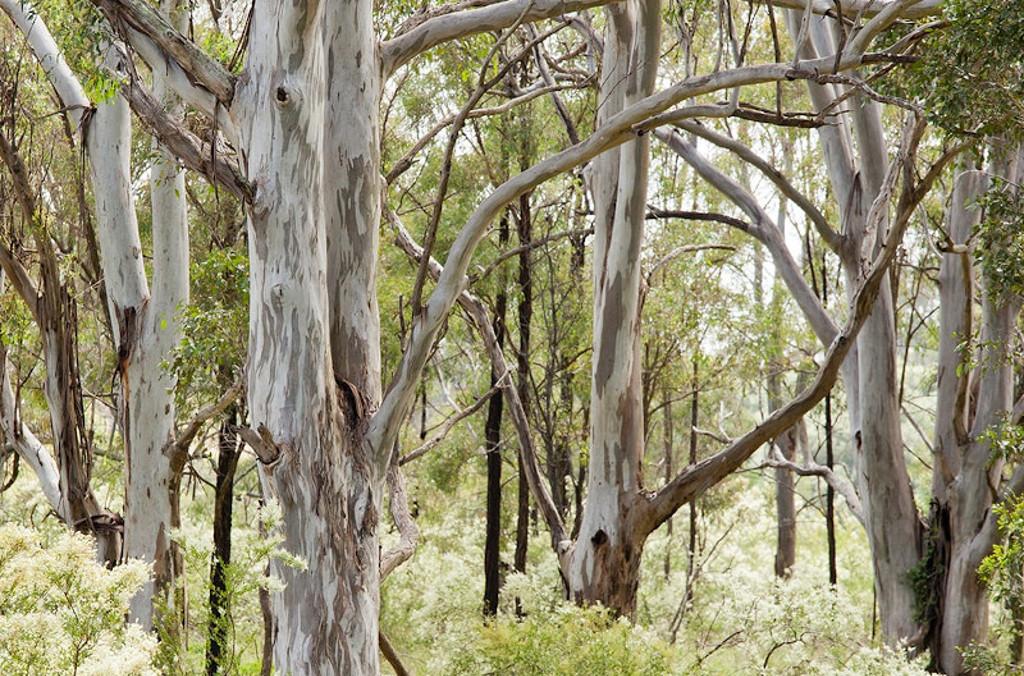What does it mean to be endangered?
Cumberland Plain Woodland is listed as a Critically Endangered Ecological Community under state and federal legislation. Out of the 107,000 hectares that originally covered much of western Sydney, only 6% remains! In order to effectively protect the existing woodland, we need to first understand how humans use the woodlands.
Human interactions with the Cumberland Plain Woodland
Humans have used the woodland in different ways over time. However, do you think all human impact has been negative? Watch the video below to compare how the local Aboriginal Peoples, the Tharawal, use the landscape, with how human use changed from European settlement.
Cumberland comeback
The Australian Botanic Garden Mount Annan
The Australian Botanic Garden Mount Annan includes natural remnants of Cumberland Plain Woodland vegetation, called the ‘Woodland Conservation Area’.
The Conservation Woodland was one of the first conservation areas to be designated in Sydney, set aside in 1988. Through ongoing protection and management, the amount of Cumberland Plain Woodland in good condition has increased from 10 hectares to approximately 35 hectares at the site.
Compare the three images below. How else has the woodland at the Australian Botanic Garden Mount Annan changed from 1986 to 2020?
As well as management practices, scientific research is carried out at the Australian Botanic Garden into the biodiversity and ecology of the woodland. Just as you have learnt about the Cumberland Plain Woodland by exploring this Digital Learning module, scientists from the Garden have spent years understanding the ecology of the woodland and monitoring change. They have shared their findings on the Woodland Ecology page to help educate visitors and landholders on how to best protect the Cumberland Plain Woodland.
Activities: Human interactions with the Cumberland Plain Woodland
1. How much remains?
Overlay a 10 x 10 cm grid on the map of the original distribution of the Cumberland Plain Woodland (French, Callaghan and Hill, 2000) and colour in 6% of this area – the amount of remaining woodland today. Create other visual analogies representing what 6% in area looks like.
2. Habitat removal & fragmentation
Play a game and compose a creative text to demonstrate the effect of habitat removal and fragmentation on animal populations.
3. Woodland warriors
Create a comic strip, short graphic novel or tableaux featuring a superhero called ‘Woodland Warrior’.
Describe the superpowers Woodland Warrior would require in order to save the woodland, and the villains they must defeat.
4. Campaigning for the Cumberland
Create a ‘Campaign for the Cumberland’ targeted to a western Sydney community living near the bushland.
5. Living on the edge
Survey the ecological health of nearby habitats and create a management plan for your school to improve the biodiversity of these areas.
6. Planning around plants
Engage students in problem-based learning by planning for a new town in western Sydney which has a large remnant of Cumberland Plain Woodland.
